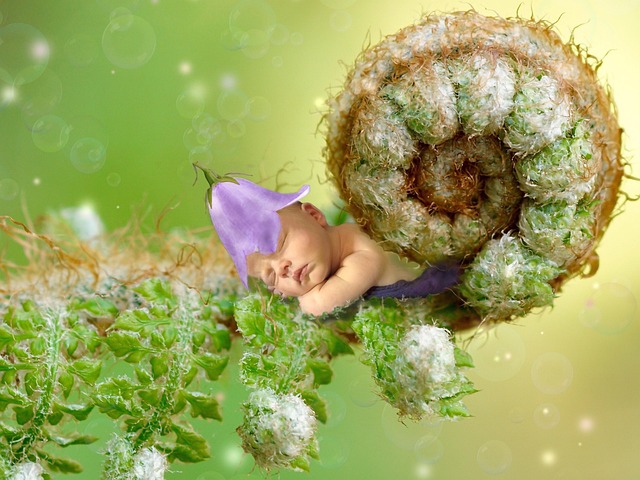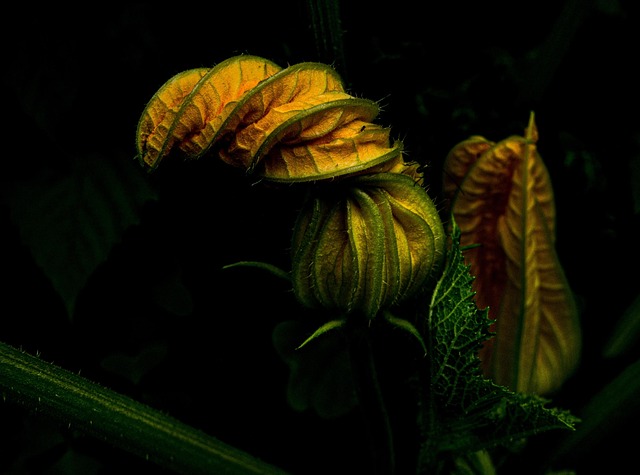In the quiet corners of gardens around the world, legends breathe life into the soil. The stories that have passed from one generation to another often describe plants as more than food or ornament; they are sentient beings, guardians, and symbols. These narratives—what we call plant mythology—offer a lens through which gardeners can see the relationship between nature and nurture, history and sustainability. By weaving mythic narratives into the practice of growing fruit and vegetables, we honor the ancient wisdom that has guided countless cultures to live in harmony with the earth.
Roots of the Myth: How Stories Shape Perception of Plants
Plants are silent witnesses to human history. Yet when people assign stories to them, they become living characters that can teach lessons about respect, reciprocity, and resilience. Plant mythology has appeared in myths from the Mesopotamian gods of barley to the Shinto tales of the cedar tree. These stories often mirror ecological principles: the cycle of birth and decay, the balance of competition and cooperation, the necessity of mutual support. Understanding these myths is the first step in applying their teachings to modern, sustainable gardening.
- Myths often highlight the sacredness of a particular species, encouraging stewardship rather than exploitation.
- They frequently embed cautionary tales about greed, reminding gardeners to cultivate generosity, not just abundance.
- Through allegory, plant myths can illustrate complex ecological concepts in an accessible, memorable form.
Examples of Plant Mythology Across Cultures
Below are a few illustrative stories that connect plant life with moral and environmental lessons.
The Lotus and the Lotus Lake (India): In Hindu mythology, the lotus emerges clean and fragrant from muddy waters. The tale explains that beauty can arise from chaos, symbolizing how life thrives in challenging conditions. For gardeners, it is a reminder to cultivate resilience—by using drought‑tolerant species that can thrive in less-than‑ideal soils.
The Green Man (Europe): A stone figure often found in ancient churches, the Green Man is depicted with foliage sprouting from his mouth. He represents rebirth and the endless cycle of growth. This image has become a symbol of regenerative agriculture, encouraging practices that restore soil health each season.
Hōnōshō (Japan): In Shinto belief, the cedar tree is a messenger between the gods and mortals. Its longevity and enduring presence are seen as a bridge between the past and future. For sustainable gardens, this myth underscores the importance of perennial species that reduce disturbance and preserve habitat continuity.
From Myth to Practice: Translating Stories into Sustainable Gardening
The teachings embedded in plant mythology can be turned into concrete gardening strategies that support biodiversity, soil health, and climate resilience. Below is a framework that blends narrative with actionable steps.
- Story‑Based Plant Selection: Choose species that resonate with a local myth. For instance, a community that values the lotus might prioritize water‑conserving, wetland plants that can thrive in shallow ponds, simultaneously providing habitat for amphibians.
- Narrative Design of the Garden Layout: Map out the garden as a living storybook. Place the “hero” plant at the center, with supporting cast members surrounding it in symbiotic relationships—nitrogen‑fixing beans near tomatoes, pollinator flowers near fruit trees.
- Educational Storytelling Events: Host storytelling evenings where gardeners share myths related to the plants in the community garden. This encourages a shared cultural understanding and fosters stewardship.
- Compost as the “Alchemical Kitchen”: In many myths, transformation is a central theme. Composting turns kitchen scraps into fertile earth, embodying the alchemical transformation found in countless legends.
- Seasonal Rituals: Adopt planting and harvesting rituals that echo mythic cycles—such as a “planting of the first seed” ceremony at the start of spring, echoing the renewal stories of many cultures.
Plant Mythology and Biodiversity Conservation
Stories often illustrate the interconnectedness of species. By learning from these narratives, gardeners can cultivate ecosystems that thrive together. For example, the tale of the “Tree of Life” found in many indigenous cultures teaches that a single tree can support an entire ecosystem: birds nest in its branches, insects pollinate its flowers, and small mammals feed on its seeds. Translating this into practice means planting diverse, native species that provide continuous resources throughout the year.
“Every leaf is a story, and every story supports another,” a Māori proverb reminds us. By embracing this principle, we can design gardens that offer food, shelter, and medicine for all inhabitants.
Climate Resilience Through Myth‑Inspired Practices
As the planet faces changing climate conditions, plant mythology offers guidance for building resilient landscapes. Myths that emphasize adaptation—such as the “Resilient Willow” in Native American lore—highlight the importance of flexible design. In practice, this could involve:
- Planting windbreaks of fast‑growing shrubs to reduce soil erosion.
- Creating microclimates by positioning tall trees next to low‑lying, heat‑tolerant crops.
- Using mulches that retain moisture during dry spells, echoing myths about the “Rain‑Keeper” plants that store water in their roots.
Community Engagement and Cultural Heritage
When plant mythology is shared, it becomes a conduit for cultural exchange. Communities that gather around shared stories often experience stronger social bonds, which in turn supports cooperative stewardship of shared green spaces. In urban settings, community gardens can become living museums of local lore, preserving intangible cultural heritage while providing fresh produce.
“When a garden tells a story, the soil remembers,” says a Kenyan proverb. This collective memory helps maintain ecological balance and social cohesion.
Conclusion: Living Legends in the Soil
Plant mythology is more than an academic curiosity; it is a practical toolkit woven from centuries of observation, reverence, and storytelling. By integrating mythic narratives into our gardening practices, we honor the past, protect the present, and nurture a future where food and culture grow side by side. As gardeners become custodians of these stories, the garden transforms from a mere plot of land into a vibrant, living tapestry—a place where every fruit, every leaf, and every root sings a song of sustainability.




